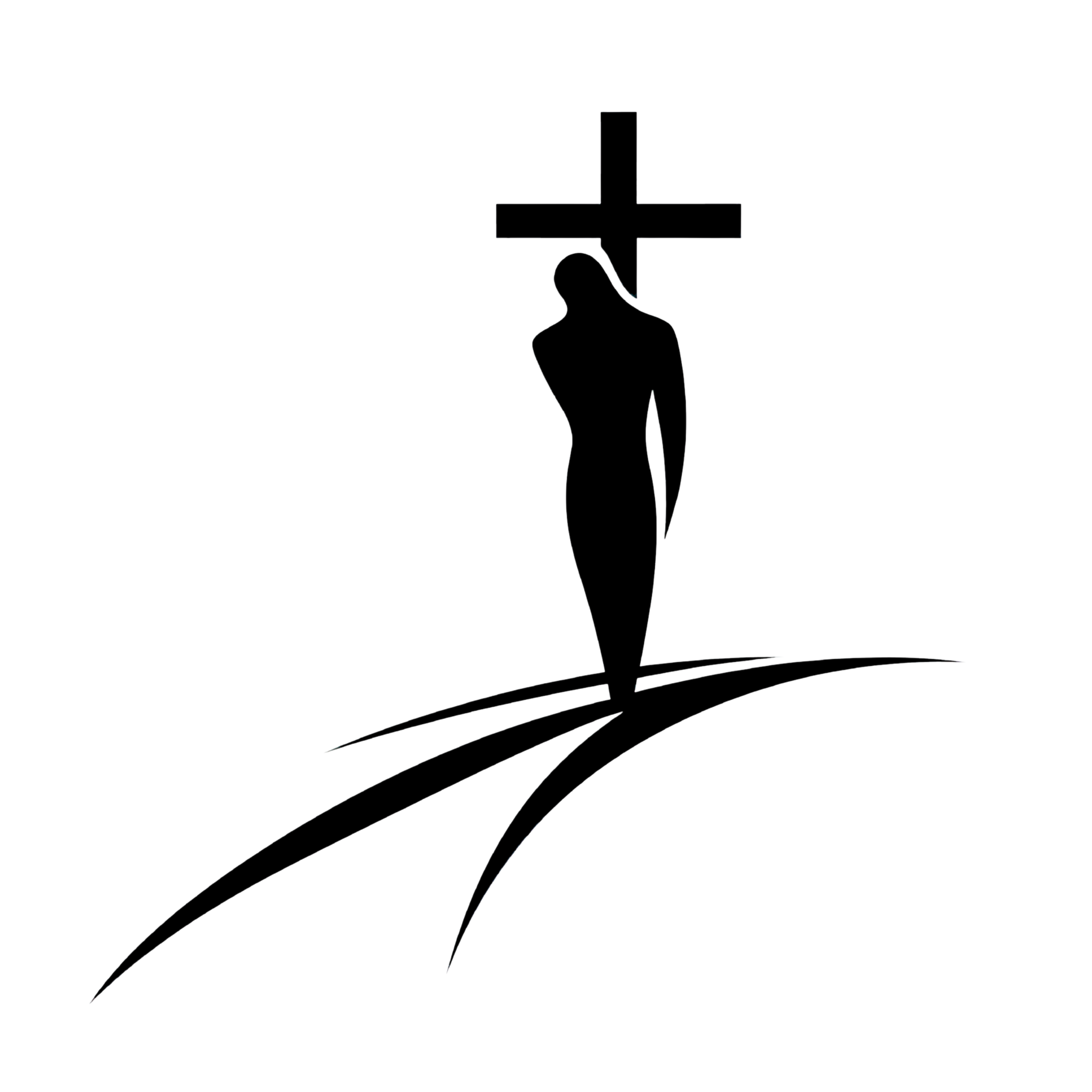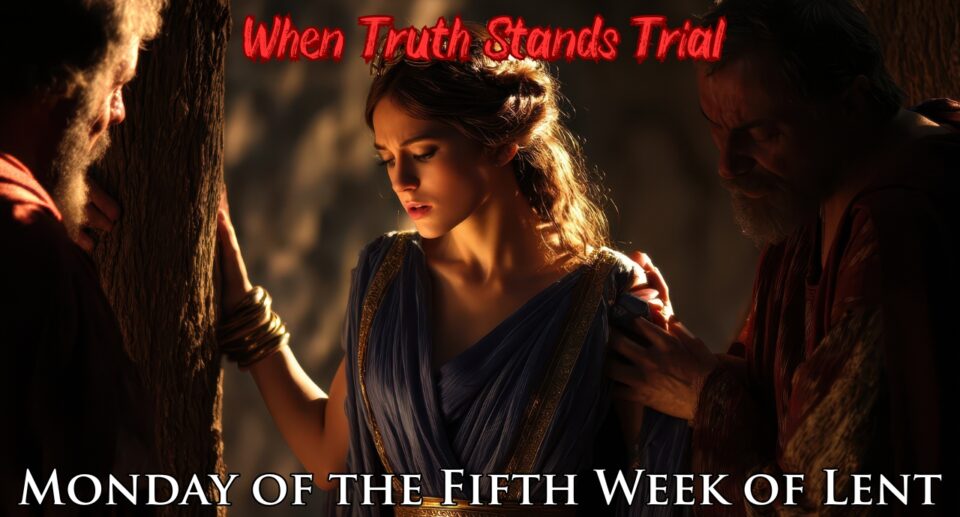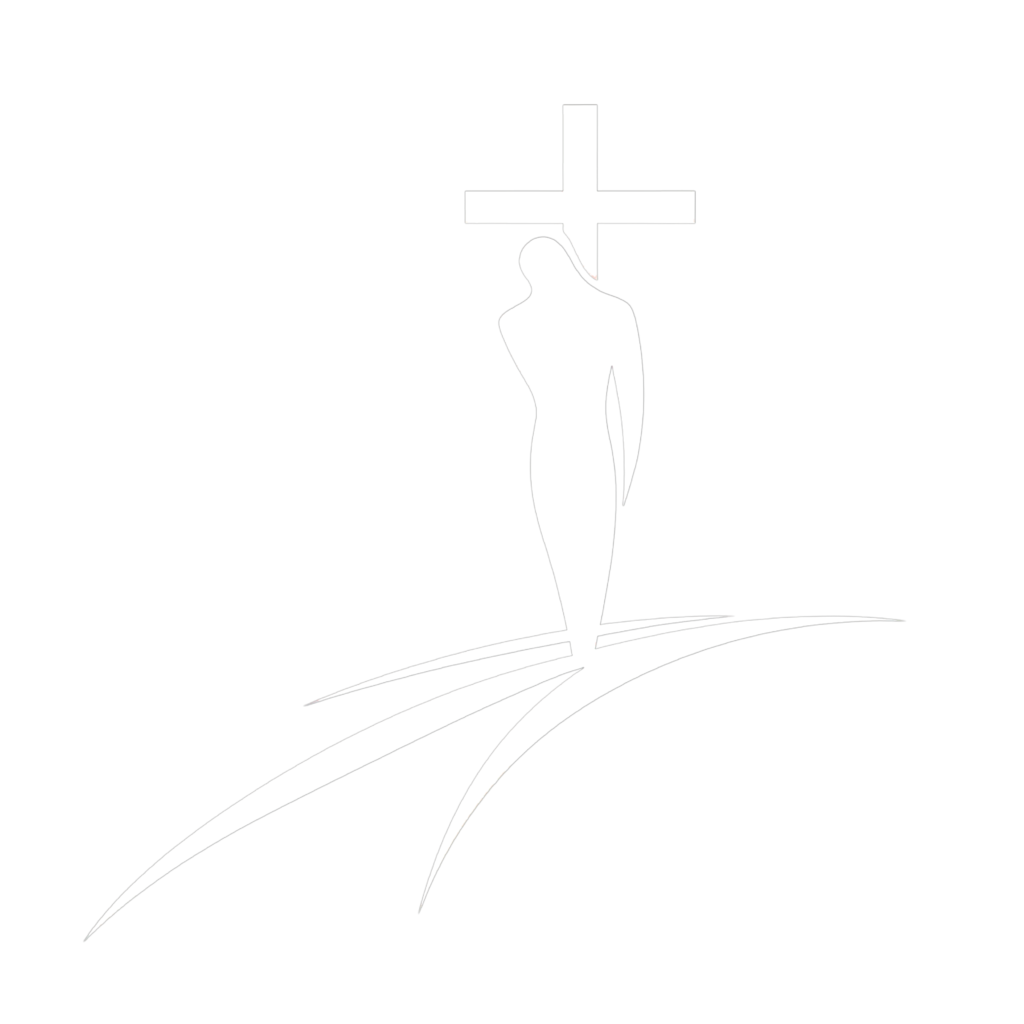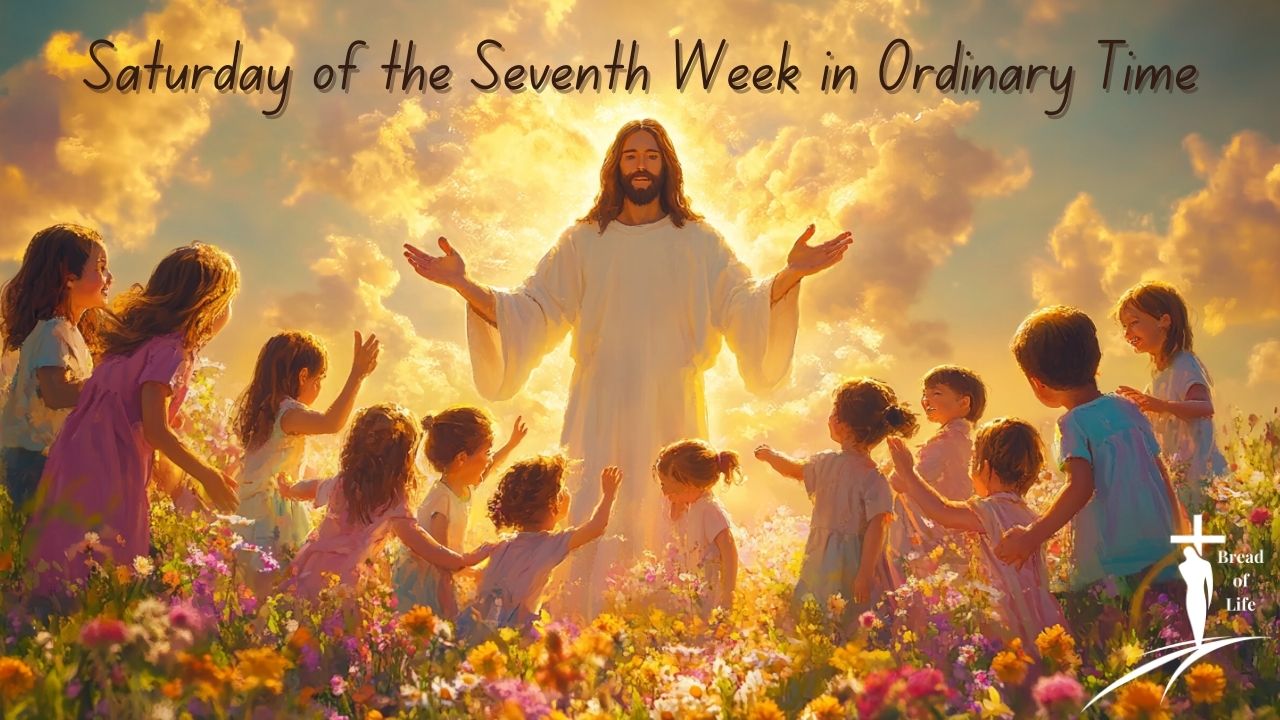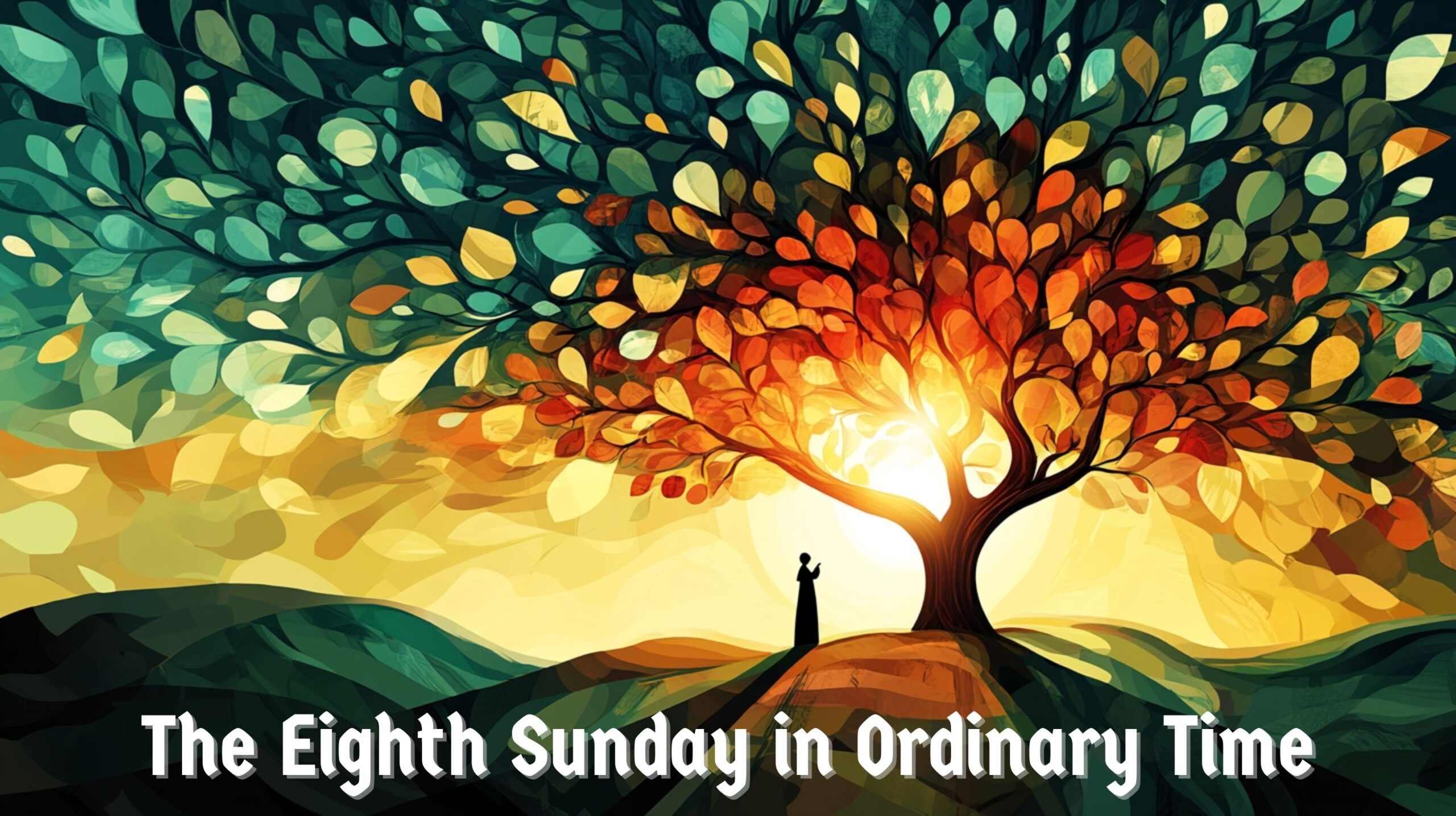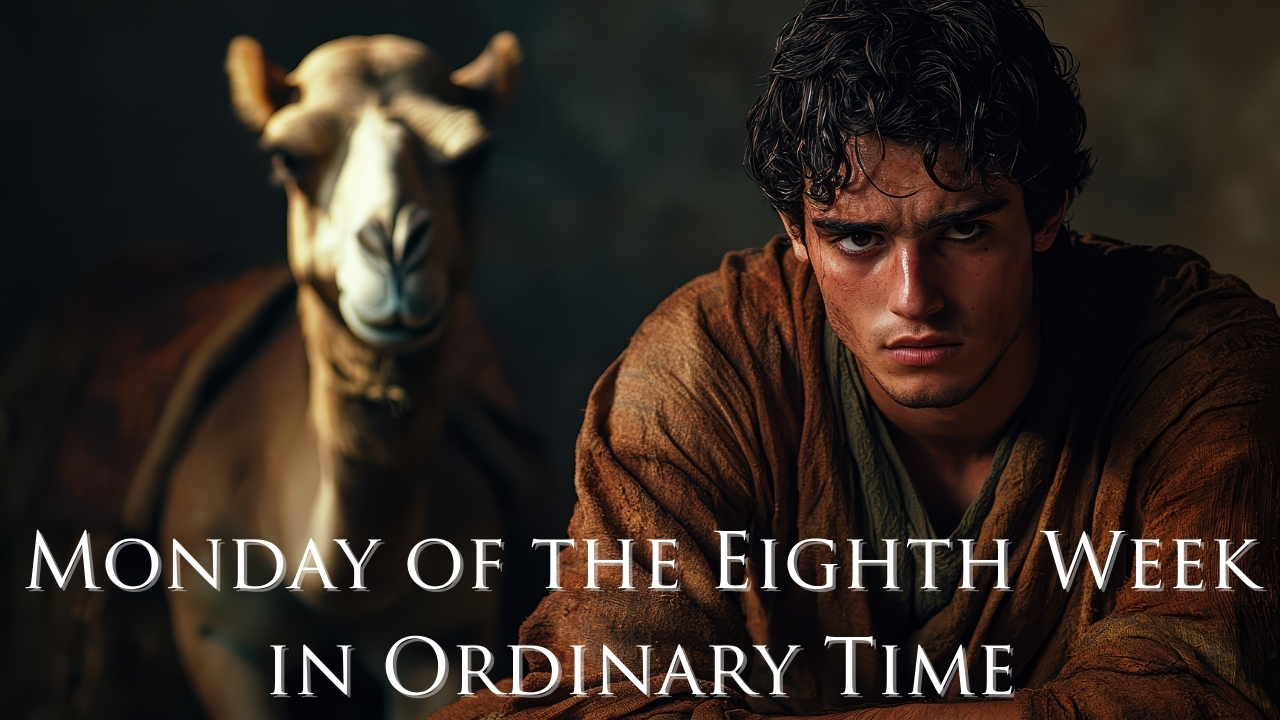Lifted Up: When Poison Becomes Medicine | Daily Readings | April 8, 2025
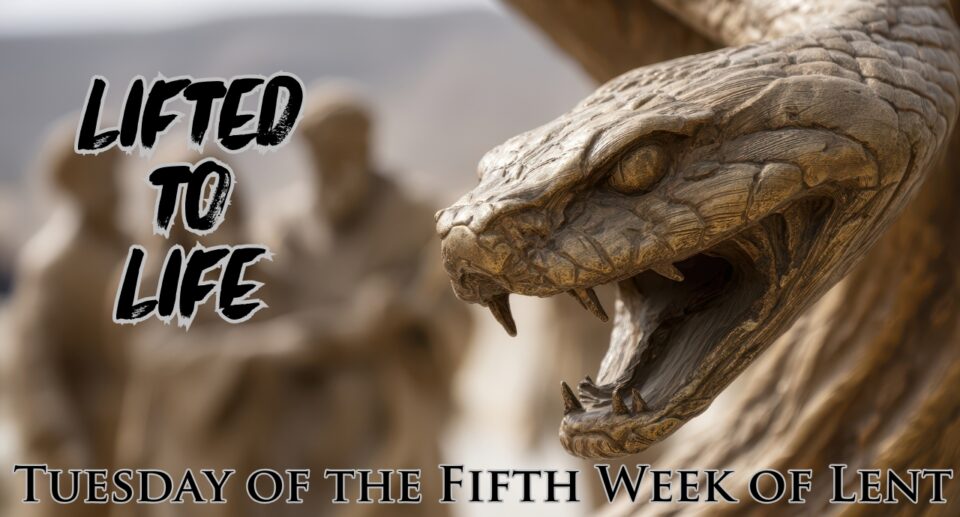
When deadly serpents struck the Israelites in the wilderness, salvation came through the most unexpected source—an image of the very thing that was killing them. Today’s powerful Lenten reflection explores how Jesus transforms this ancient story into a prophecy of the cross.
Through this reflection, you’ll discover:
- How our greatest wounds can become sites of divine healing
- Why facing our suffering rather than escaping it leads to transformation
- The profound connection between the bronze serpent and Christ’s crucifixion
- How to recognize God’s presence within your darkest moments
Readings covered: Numbers 21:4-9; Psalm 102:2-21; John 8:21-30
Perfect for anyone navigating personal struggles, seeking deeper meaning in suffering, or wanting to understand how ancient biblical wisdom illuminates Christ’s saving work on the cross.
Lifted Up: From Venom to Victory
The heat was unbearable. Sand burned through sandals. Lips cracked from thirst. Children whimpered as parents dragged weary feet through endless wilderness. The Israelites had been freed from Pharaoh’s chains only to face death in the desert—or so they believed.
“Why have you brought us up from Egypt to die in the wilderness?” they cried against Moses and God. “There is no food and no water, and we detest this miserable bread!”
Their complaint hung in the air like the dust from their footprints. Then came the whisper—a sound like dry leaves scraping across sand. Then another. And another.
Serpents.
They emerged from beneath rocks and within sparse vegetation, bronze-colored and deadly, striking without warning. Venom coursed through veins. Screams echoed across the camp. Bodies fell. Death came swiftly to many.
In desperate terror, the people rushed to Moses, the same Moses they had just cursed. “We have sinned by speaking against the LORD and against you,” they confessed. “Intercede with the LORD to take the serpents from us.”
Moses prayed. God answered—not by removing the serpents, but by transforming their meaning.
“Make a bronze serpent and mount it on a pole,” came God’s instruction. “When anyone who has been bitten looks at it, they will recover.”
And so among the dying, Moses raised high this strange remedy—the very image of what was killing them now offered as their salvation. Those who looked up lived.
This dramatic scene from our first reading today presents us with one of the most powerful and paradoxical images in all of Scripture. It’s a story that pulses with raw human emotion—complaint, suffering, repentance, and mercy. But it’s also a story that points toward something far beyond itself, something that Jesus himself will reference in today’s Gospel.
“When you lift up the Son of Man,” Jesus tells his skeptical audience, “then you will realize that I AM.”
There it is—the connection spanning centuries. The bronze serpent lifted up in the wilderness foreshadows the Son of Man lifted up on the cross. What kills becomes what saves. What poisons becomes what heals. Death itself transformed into the doorway to life.
This paradox stands at the very heart of our faith. The cross—an instrument of torture and shame—becomes the means of our salvation. The poison of our sin is absorbed by the very One we pierced. When we look upon him in faith, the venom of death loses its power over us.
Psalm 102 gives voice to the suffering that precedes this transformation: “O LORD, hear my prayer, and let my cry come to you. Hide not your face from me in the day of my distress.”
These are words that could have been prayed by the Israelites as serpents struck their children. They could have been prayed by Jesus himself as he faced the cross. And they are words that we ourselves pray in our own moments of deepest anguish.
The psalmist describes a suffering so intense that he “forgets to eat bread” and his “bones cleave to flesh.” Yet this same psalm shifts dramatically from lament to confidence: “The nations shall revere your name, O LORD, and all the kings of the earth your glory.”
What causes this shift? The same reality that changed the Israelites’ fate in the wilderness: “The LORD looked down from his holy height, from heaven he beheld the earth, to hear the groaning of the prisoners, to release those doomed to die.”
God does not remove our suffering—not the Israelites’, not Jesus’, not ours. Instead, God enters into it and transforms it from within. The very thing that poisons becomes, paradoxically, the source of healing when we look upon it with faith.
In today’s Gospel, Jesus continues this theme as he engages in a tense conversation with the Pharisees. “Where I am going you cannot come,” he tells them. They misunderstand him completely, thinking he might kill himself. But Jesus speaks of a journey they cannot comprehend—his passage through death to resurrection, a path that will only make sense when he is “lifted up.”
“When you lift up the Son of Man,” Jesus says, “then you will realize that I AM.”
That phrase—”I AM”—echoes God’s self-revelation to Moses at the burning bush: “I AM WHO AM.” Jesus is claiming nothing less than divine identity. The One who will be lifted up on the cross is the same One who spoke from the burning bush, the same One who commanded Moses to raise the bronze serpent in the wilderness.
There’s a profound circularity to these readings. The God who commanded the lifting up of the healing serpent becomes the One who is himself lifted up for our healing. The God who heard the groaning of prisoners becomes the prisoner who groans. The Creator enters creation to transform it from within.
But what does all this mean for us today, in this fifth week of Lent, as we approach Holy Week?
First, it invites honesty about our own complaints and sufferings. The Israelites were not punished for having legitimate needs—thirst, hunger, exhaustion. They were bitten when their complaints crossed into ingratitude and rejection of God’s provision. How often do our own legitimate struggles morph into toxic ingratitude? The readings invite us to name our true needs without rejecting God’s care.
Second, these readings challenge us to look upon the very things that cause us pain. The Israelites had to look at an image of the serpent—the source of their suffering—to be healed. We too are called to gaze upon the cross, to face squarely the reality of suffering and death rather than turn away. Only by confronting what hurts us can we find healing.
Third, and most importantly, today’s readings reveal that transformation comes not by escaping our circumstances but by discovering God’s presence within them. The wilderness remained a wilderness. The serpents weren’t removed. The cross remained a cross. Yet each became a site of divine revelation and healing.
Where in your life do you feel bitten? Where has venom entered your veins—the poison of broken relationships, health crises, financial struggle, or spiritual dryness? The invitation of today’s readings is not to escape these realities but to look more deeply into them, to discover there the presence of the One who was lifted up for our sake.
The Israelites in the wilderness had a choice: they could refuse to look up at the bronze serpent, convinced that such a simple action couldn’t possibly counteract deadly venom. Or they could trust Moses’ word and raise their eyes in faith. Those who looked, lived.
Similarly, those who heard Jesus had a choice: they could dismiss his words as the ravings of a blasphemer claiming divine identity. Or they could believe that this man would indeed be “lifted up” and through that lifting reveal his true nature. John tells us, “As he spoke these things, many came to believe in him.”
We face the same choice daily. Will we look upon our suffering as meaningless poison, or will we discover within it the possibility of transformation? Will we see Jesus as just another failed prophet, or as the great I AM lifted up for our healing?
As we journey through these final days of Lent, let us have the courage to look up—to gaze upon the cross not as an emblem of defeat but as the paradoxical sign of victory. Let us recognize our own complicity in the crucifixion, the ways our sins have added venom to the world’s suffering. And then let us receive the astonishing mercy that transforms death into life.
For the One who was lifted up on the cross was lifted up from the grave. The One who absorbed the venom of human hatred now offers the antidote of divine love. And we who look upon him in faith discover the ultimate paradox—that our deepest wounds become, in his hands, the very places where healing light enters our darkness.
As the psalmist promises, “The LORD looked down from his holy height… to release those doomed to die.” That release has come. That freedom is offered. We need only look up.
